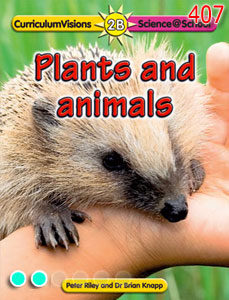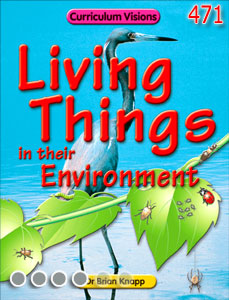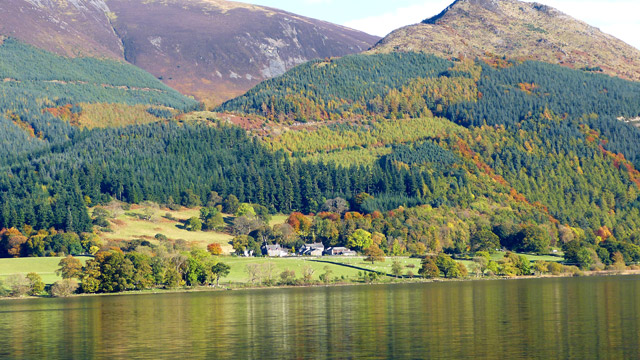Every living thing has a habitat. It is its natural home. The conditions there provide it with everything it needs for survival. Small animals have small habitats. For example the habitat of the woodlouse is the spaces under stones and cracks in rotting wood. Large animals have large habitats. For example the habitat of the golden eagle, which soars in the air looking for food, is a mountain.
Each habitat has a set of environmental conditions. In a meadow there is no shade from the sun or shelter from the wind, but in the wood there is shade and the air is often still.
Over millions of years plants and animals have become adapted to the different environments in habitats. Most of them are so well adapted to a particular habitat that they cannot survive in another habitat unless they are given a very long time to adjust. Woodland plants cannot survive in a meadow because of the lack of shelter, and meadow animals like the mole cannot survive in a wood because the tree roots stop it from making burrows.













